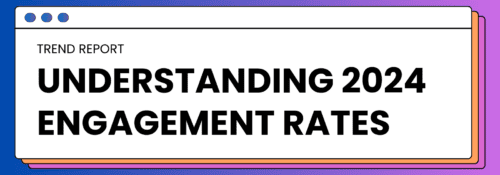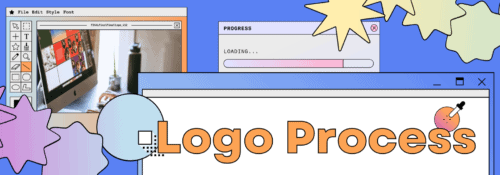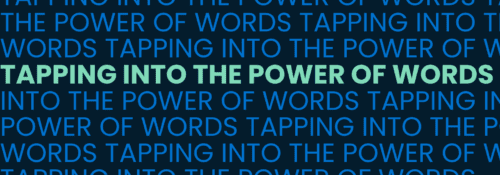4 Key Considerations for Virtual Event Organizers

Raise your hand if you’ve attended a virtual event sometime the past two years. I’m sure most of you have. I’m also pretty sure a good number of you have probably attended a virtual event that just didn’t quite hit the mark. Either the speakers couldn’t hold your attention, there were technical issues that completely distracted you, or the event content wasn’t what you were initially sold. It’s safe to say that virtual and hybrid events are here to stay — so here are four things you should keep in mind before you decide to invest in what it truly takes to develop quality virtual programming.
1. Define the Goal
As with any endeavor, you should start by defining the goal of your event. If this is an annual event, don’t assume that your goal from last year is still relevant. If this event has historically been conducted in person, your goal may shift even more dramatically. Start with a fresh perspective. Who do you actually anticipate will be watching? What do you want them to walk away with? How long can you realistically expect them to watch? All of these factors should play into your overarching event goal.
Bottom line: Choose a goal that you can achieve in a virtual environment.
2. Leverage the Platform
Don’t just transition your physical event agenda to a livestream. While an attendee will participate in an all-day conference full of presentations and panels in person, the same is not true online. You’re battling so many other daily distractions as participants sit in front of their computers and phones. You have to reimagine your event in the digital space. Plan it as a digital event from the beginning. Whatever platform you choose will have unique advantages over a physical event. Whether it’s simulcasting multiple panelists, overlaying motion graphics or adding interactive polls that elicit audience engagement — leverage them! Do your research and invest in the platform that best fits your needs.
When faced with this challenge, organizers for the 2020 Democratic National Convention crafted an event perfectly suited for a digital space. The roll call during political conventions is where each state casts their delegate votes for each nominee. Depending on how many rounds are required, it can take hours to complete and it inevitably turns into a bore. DNC organizers asked each state to submit a short (<1min) video casting their votes, but also showcasing something special about their state. Maine had lobsters in their video, Oklahoma stood in front of the Black Wall Street mural and New Hampshire exhibited their (now infamous) calamari. It was so much fun to watch all of the states and territories demonstrate their culture. The organizers re-imagined the roll call for a more engaging virtual experience and nailed it. Many commentators asked “how could we ever go back?”
Bottom line: Make sure your platform works for your content, audience, and scale.
3. Think About Pace
Long speeches don’t work for most virtual events. Again, attention spans in front of screens are short. Break your event up into bite sized sections. Not only does this help keep your audience engaged, it gives them more flexibility to jump in and out of longer or all-day events without missing all of the critical context. People can commit to shorter sessions throughout their day without having to make an “all in” or “all out” decision. Putting together a well-paced agenda keeps a virtual event moving along in a more digestible way. A panel format is great for this!
Bottom line: Planning your itinerary and transitions is even more important when your event is virtual.
4. Production Quality Matters
We’ve all been on a Zoom call where it looked like the speaker was in the witness protection program or the background noise from one panelist was a distraction from the entire conversation. You have to be intentional about your environment and technology. Make sure you schedule a technical run through with hosts, speakers, and any other key people involved ahead of the event. Coach them through best practices like how to position their camera or how to get the best lighting. Plan for hiccups. Then plan for more hiccups. Poor quality can kill an otherwise well-planned virtual event. Don’t let avoidable day-of issues tank you! If you can, hire a professional (like us!) who can help handle all of the details and ensure your event runs as smoothly as possible.
Bottom line: Don’t skimp on equipment or production support.









